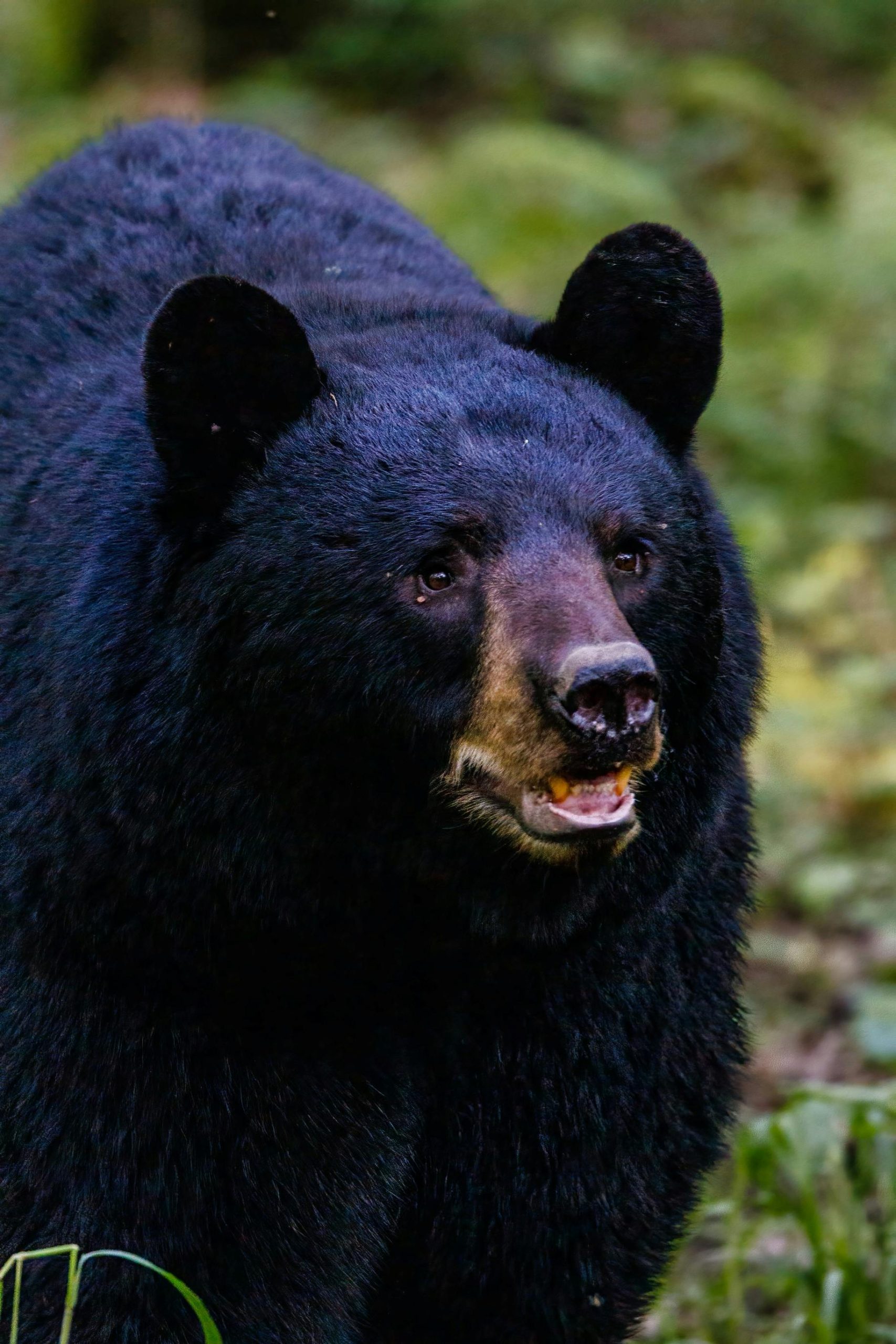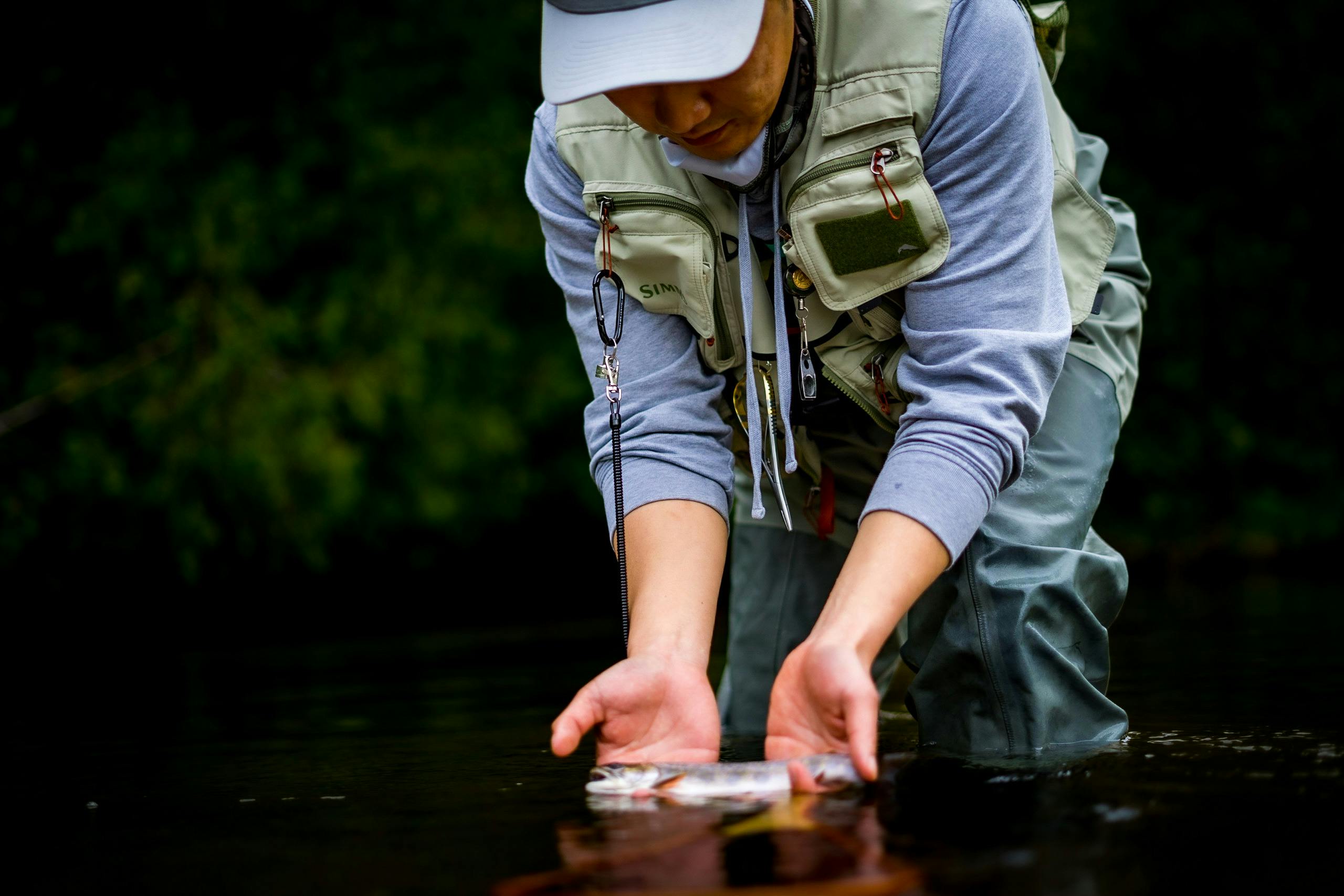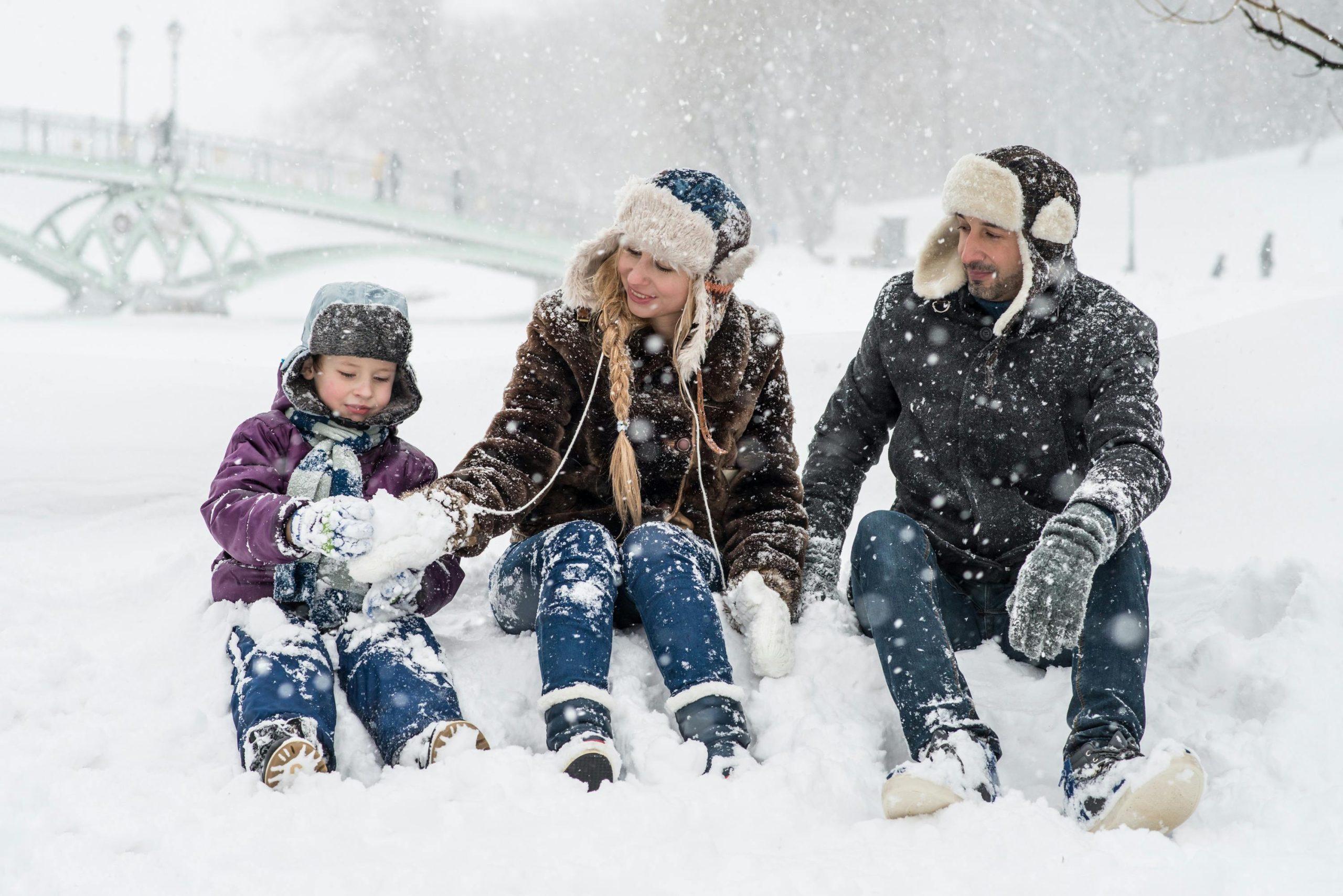Moose Advisory Program
Learn more about living with moose in your community and on the roadways.
District of Nipissing, District of Parry Sound and North Bay


Understanding the Risk of Moose on Roadways
The North Bay Police Service and Ontario Provincial Police urge drivers to remain vigilant when traveling in areas where moose may cross roadways. Moose are a significant hazard to vehicles in Ontario, as their presence on highways poses a high risk of motor vehicle collisions. While road signs such as “Caution, moose next 11 kilometers” mark frequent crossing areas, moose can appear even in regions with low moose density. Despite attempts to use whistles, reflectors, and odor repellents to deter moose from roadways, no solution has proven consistently effective. Drivers must rely on caution and attentiveness to minimize the risk of accidents.
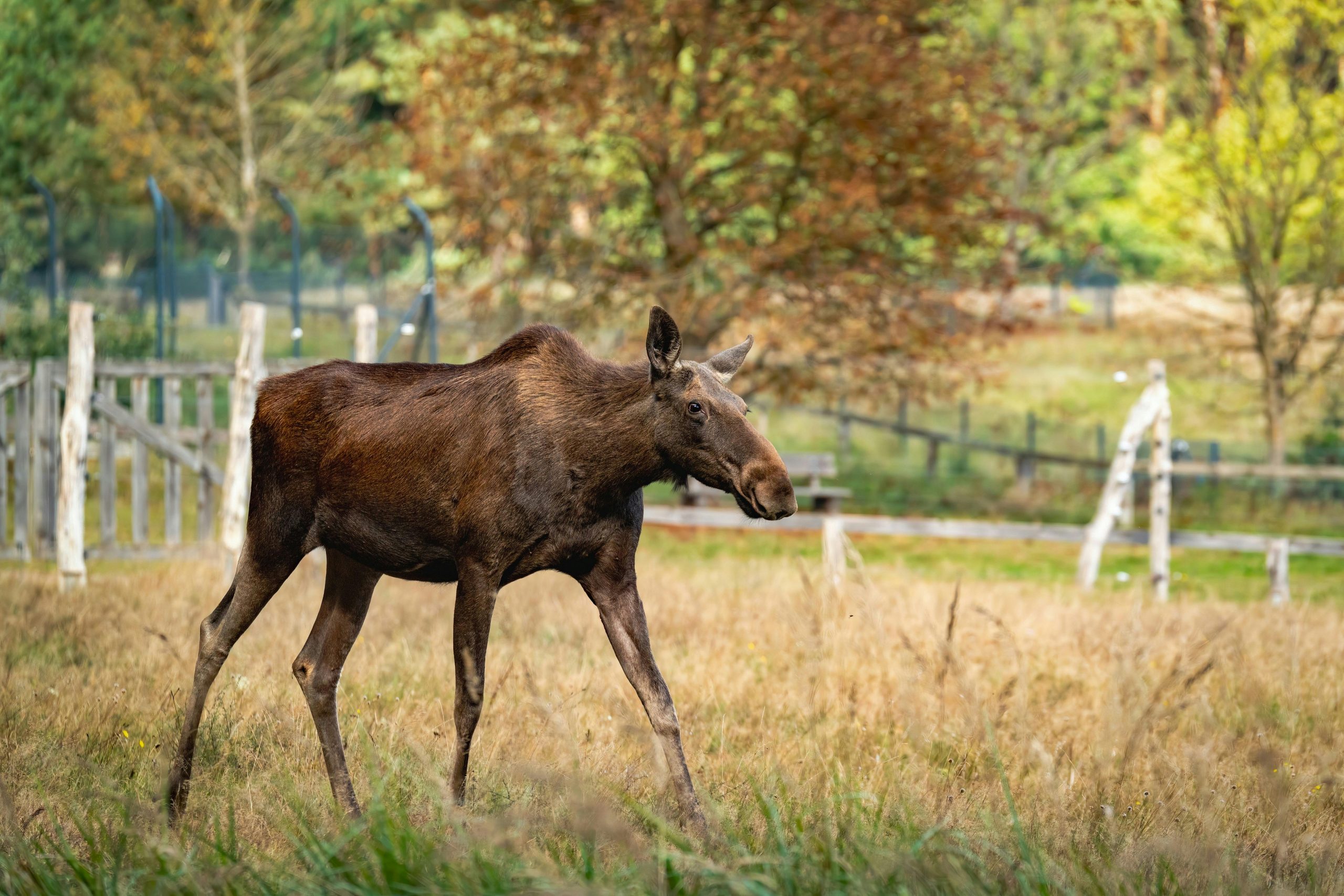
Seasonal Trends and Collision Hazards
Although moose-related accidents occur year-round, the most critical months for collisions are June, July, and August, with the majority of incidents taking place between May and October. Mature moose, weighing up to 1,000 pounds, pose a unique danger due to their height and weight. Their legs, approximately 4 feet tall, often cause vehicle impact at leg level, sending their large bodies into windshields. This can result in severe damage to vehicles, serious injury to drivers, and thrashing behavior from the injured moose. To reduce the risk of collisions, drivers should slow down, especially in areas with limited visibility or dense roadside vegetation.
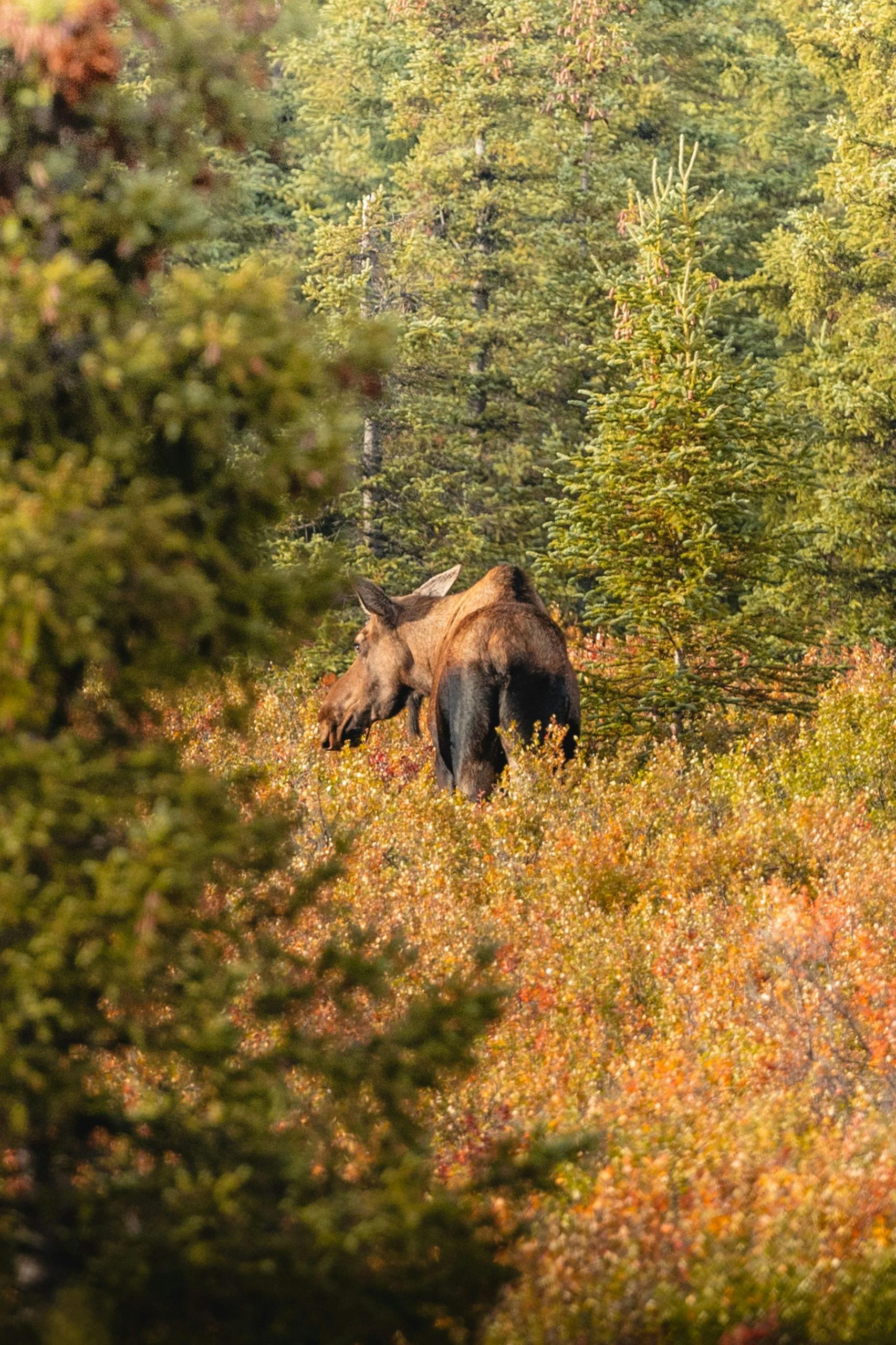
Staying Safe on the Road
Follow these critical safety tips to stay safe and protect wildlife:
- Pay close attention to moose crossing signs, which indicate high-risk areas.
- Exercise extra caution between dusk and dawn, when the likelihood of collisions doubles.
- Maintain appropriate speeds, as highway speeds increase the risk of injury in collisions.
- Keep passengers alert to help spot moose and ensure they wear seat belts at all times. Unbuckled occupants are 8 times more likely to be seriously injured or killed in a moose collision.
In situations where a collision with a moose is unavoidable, it is often safer to hit the animal than to veer off the road. To minimize injury, stay on the road, maintain a firm grip on the steering wheel, and brake sharply. Use your horn to alert the moose and turn on emergency flashers to warn other vehicles. By driving cautiously and staying alert, you can help keep yourself safe while preserving the wildlife that makes Ontario so unique.

